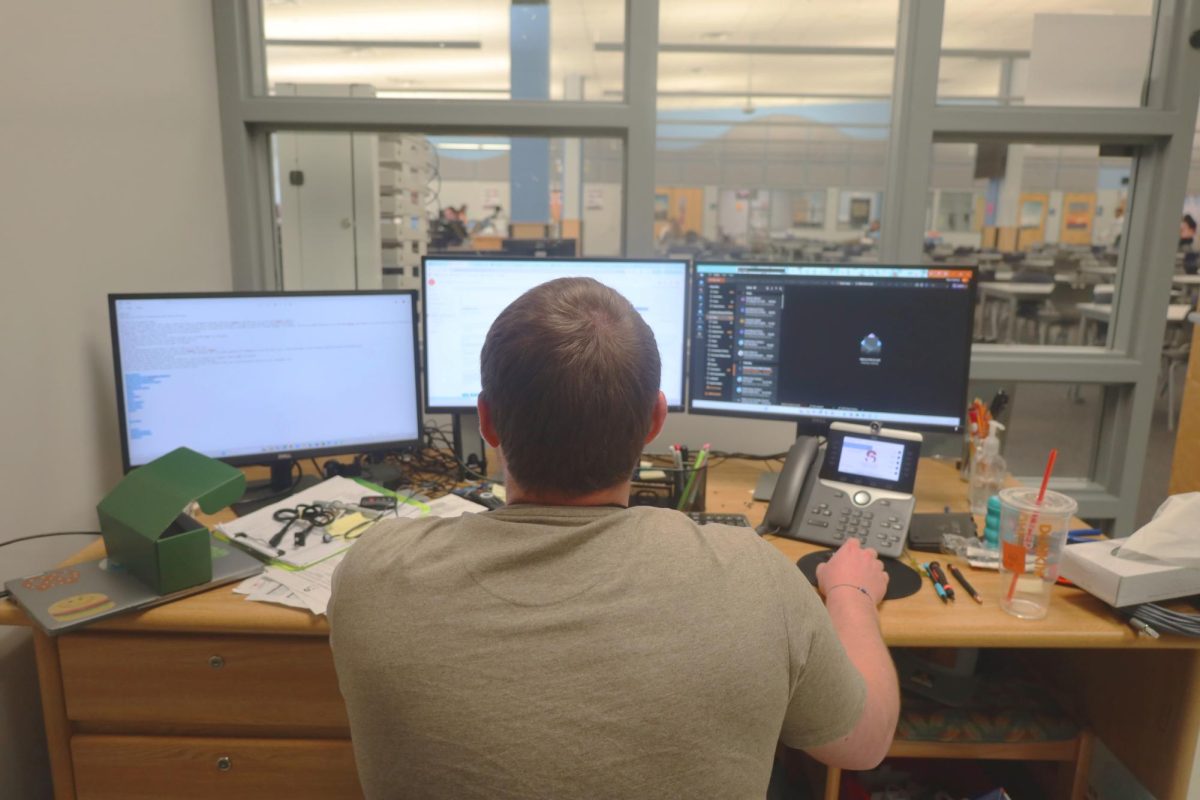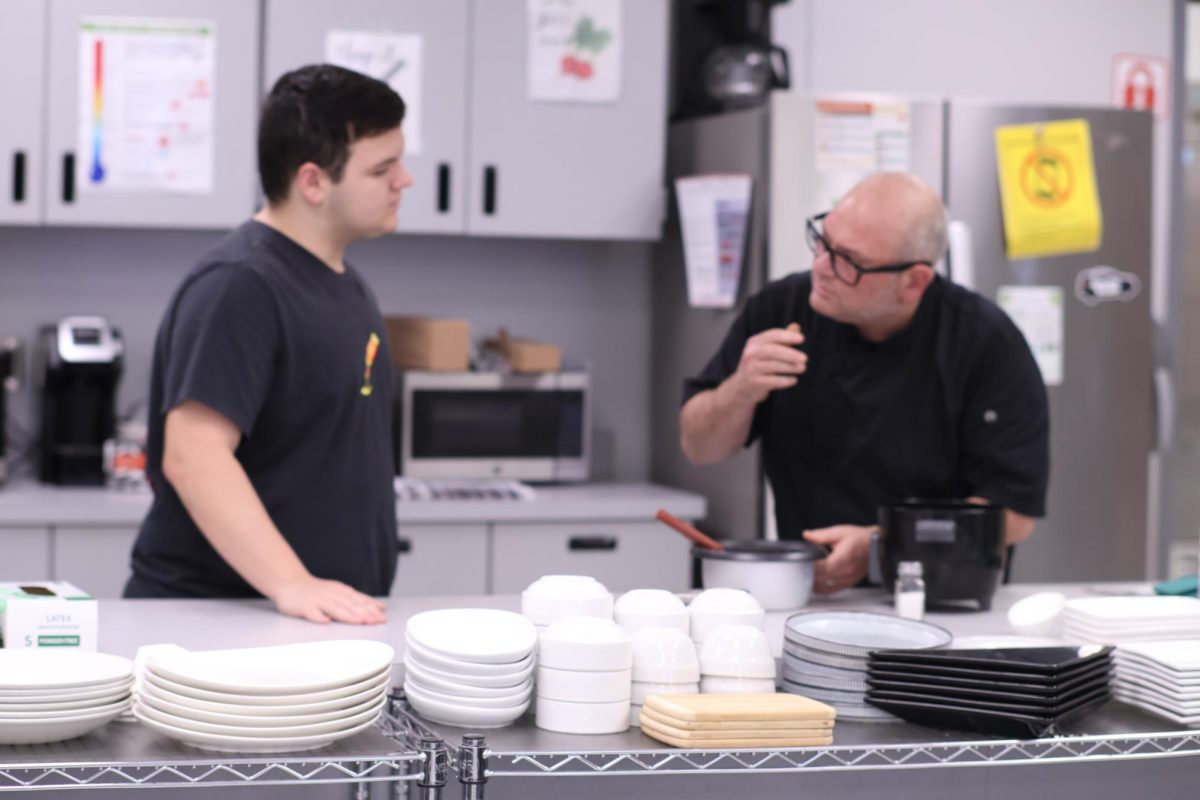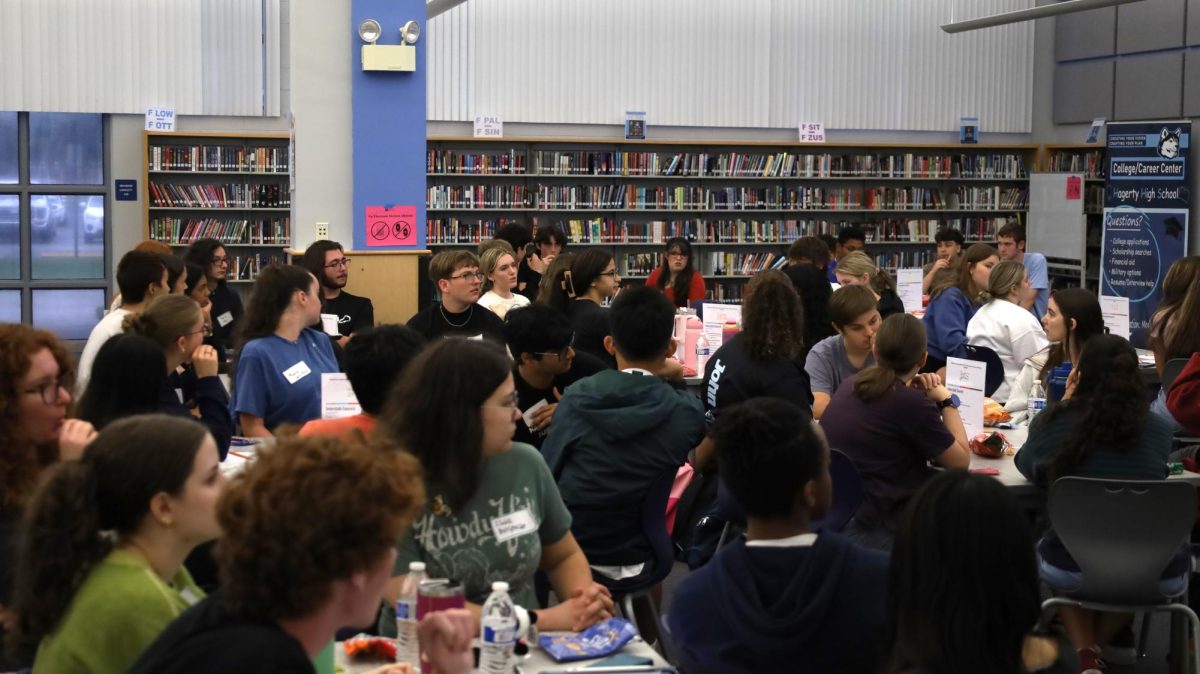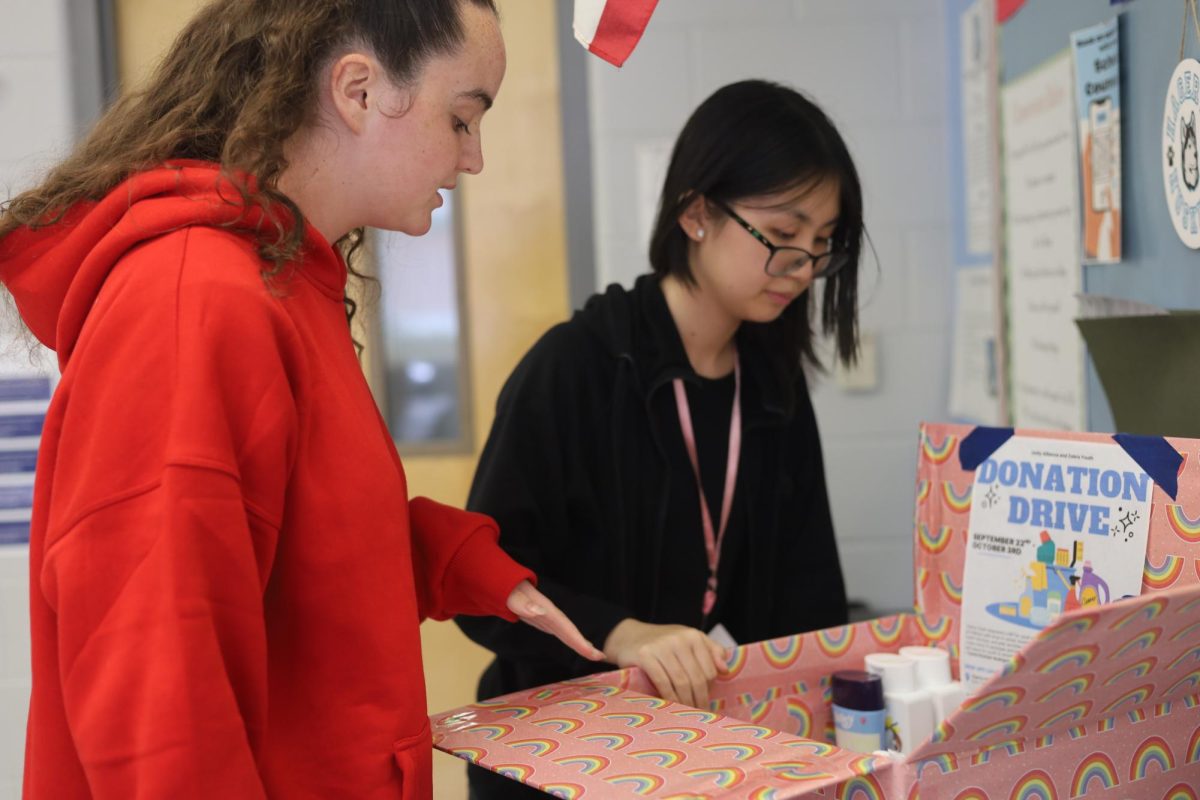Going into class on a casual day, students and teachers opened their computers to log in. They were shocked and confused to see a robot repairing a spaceship instead of the usual eCampus interface. Only later after checking around, they found out that this was part of a nationwide problem. It caused parts of Amazon, Facebook, Roblox and even Snapchat to disfunction, resulting in a large loss financially and a lot of frustration. Amazon tried to fix the issue as soon as possible and worked on reducing the possibility of future outages.
On Monday Oct. 20, eCampus and several school-related online services went down, as a result of the Amazon Web Services shutting down. AWS reported that the root cause of the issue was a subsystem, and is monitoring the health of its network.
The problem was patched at 3 p.m., but since AWS was patched after school, it was too late. The impact it had on students and teachers already happened.
Students who had experienced the service collapsing shared their reaction after, and how they acted during the shut down. Some did see it as a significantly frustrating issue, but for most, it was just a minor problem. Senior Benjamin Martin Beriswill experienced a limited effect from the collapse.
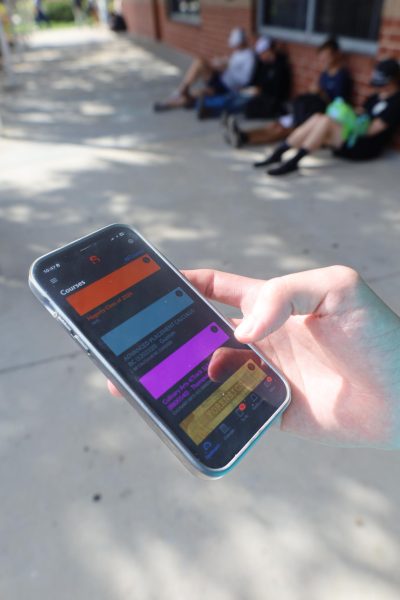
“[I’m] not particularly [affected], because I don’t have a lot of online courses. I get most of my papers from all of my teachers, and I’m pretty much fine regardless,” Beriswill said.
The biggest limitation most students faced was changing from digital to physical assessments. But it also provided them some convenience, giving a much-needed reason to have more time working on assignments and take a small break in general. In other words, they got some assignment tolerance through the collapse.
“I was just happy it was down so that my due dates could get pitched back further for the one online class I do have,” Beriswill said.
Junior Wesley Lizon also stated it as a relatively less impactful issue in his own experience, with the inconvenience of time limits on his assignments. Lizon’s teachers did not provide extra time, so he lost the ability to complete work while the outage lasted.
“It was just a brief shutdown that took away several hours of time to work on things,” Lizon said.
But the School IT Specialist Michael Siudak noticed a drastically larger impact on the school overall.
“It affected Clever, [and] a lot of the apps we use on a daily basis. They weren’t necessarily down, but they were just slow or anything because the server that they were running on was shut down worldwide,” Siudak said.
During the affected time, in order to still complete tests or assignments, teachers found some alternative ways to work with students.
“[It] obviously affected the full school day. As soon as it went down, teachers had to stop using or putting the kids on devices, and a lot of stuff students do online,” Siudak said.
The experience reminded students and teachers that no system is foolproof. Educators and administrators must prepare to adapt to backup plans or alternatives in case something similar happens again.
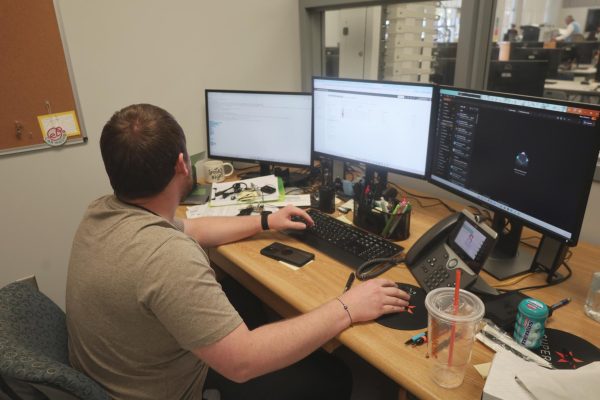
Siudak has a further vision on the dependency of schools on single services instead of using many different services. He describes the adaptations for minimizing the effects of outages as schools became more dependent on these kinds of online services.
“I definitely do think it will happen again.” Siudak said, “[So] we need to make sure we’re having files stored elsewhere. Having different backup plans that don’t necessarily involve going on the internet, but they can have files, they can share, because [at that time] some things [will] still [be] working.”

